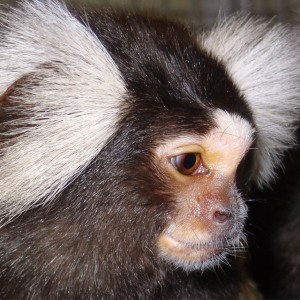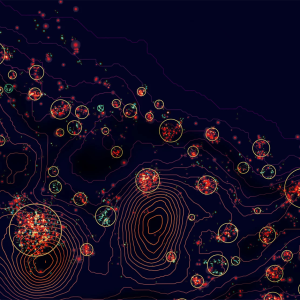The small aromatic compound SynuClean-D inhibits the aggregation and seeded polymerization of multiple α-synuclein strains
Authors Peña-Díaz S, Pujols J, Vasili E, Pinheiro F, Santos J, Manglano-Artuñedo Z, Outeiro TF, Ventura S Journal Journal of Biological Chemistry Citation J Biol Chem. 2022 Apr 4;298(5):101902. Abstract Parkinson’s disease is a neurodegenerative disorder characterized by the loss of dopaminergic neurons in the substantia nigra, as well as




